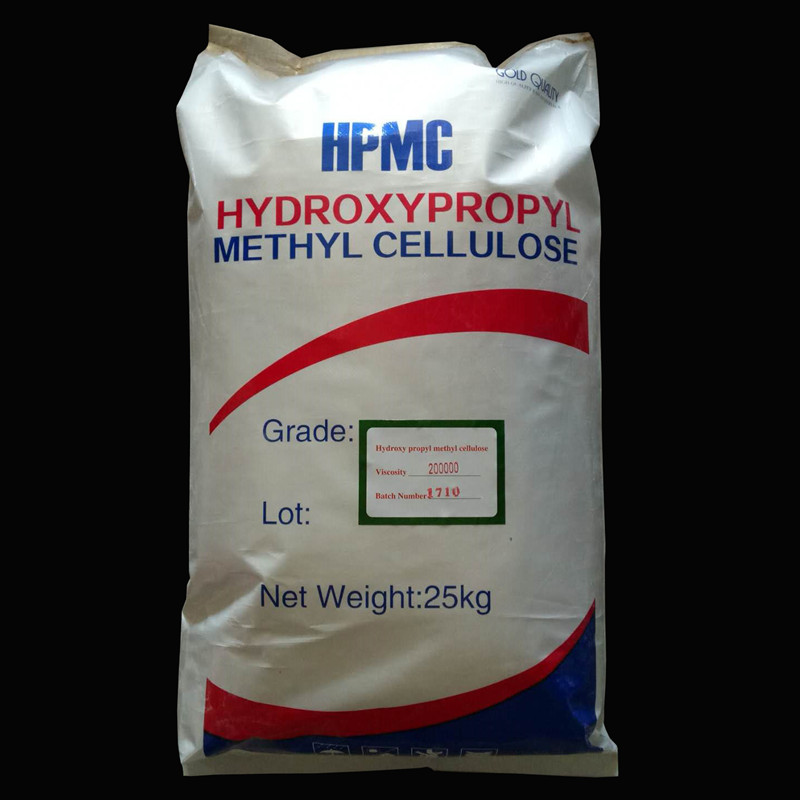How to test the viscosity of hydroxypropyl methylcellulose ?
We are specializes in the research, development, production and sales of hydroxypropyl methylcellulose products. The purity of hydroxypropyl methylcellulose is the most concerned product topic for manufacturers and users. Below we have a detailed introduction of hydroxypropyl methyl cellulose manufacturers, I hope to help read.
Determination of purity of hydroxypropyl methylcellulose
principle
Hydroxypropyl methylcellulose (HPMC cellulose ether) is insoluble in 80% ethanol, dissolved and washed several times, and 80% ethanol solute in the sample is separated to obtain pure hydroxypropyl methylcellulose.
Reagent
Unless otherwise stated, only analytically pure reagents and distilled or deionized water or water of comparable purity were used in the analysis.
95% ethanol (GB/T 679).
Ethanol, 80% solution, 950 ml of 95% ethanol (E.2.1) was diluted to 1 L with water.
B mi (GB/T 12591).
Instrument
Common laboratory equipment
The magnetic heating stirrer has a length of about 3.5 cm.
The sieve was filtered, 40 mL, and the pore diameter was 4.5 μm to 9 μm.
Glass watch glass, φ10cm, with holes in the center.
Beaker, 400mL.
Constant temperature water bath.
The oven can control the temperature at 105 °C ± 2 °C.
program
Accurately weigh 3g of sample (accurate to 0.001g) in a constant weight beaker, add 150mL of 80% ethanol at 60 ° C ~ 65 ° C, put the magnetic rod, put it on a magnetic heating stirrer, cover the surface dish, in The center hole is inserted into the thermometer, the heating stirrer is turned on, the stirring speed is adjusted to avoid splashing, the temperature is maintained at 60 ° C to 65 ° C, and the mixture is stirred for 10 min.
Stirring was stopped, and the beaker was placed in a constant temperature water bath at 60 ° C to 65 ° C, allowed to stand to allow the insoluble matter to settle, and the supernatant liquid was poured as completely as possible into the constant weight filter bowl.
Add 150 mL of 80% ethanol from 60 ° C to 65 ° C into the beaker, repeat the above stirring and filtering operation, and then carefully rinse the beaker, watch glass, stir bar and thermometer with about 250 mL of 80% ethanol at 60 ° C to 65 ° C by means of a wash bottle. The insoluble matter is completely transferred to the crucible, and the contents of the crucible are further washed. Suction filtration can be used during this operation and the filter cake should not be allowed to drain. If particles pass through the filter, the suction should be slowed down.
Note: It should be ensured that the sodium chloride in the sample is completely washed away with 80% ethanol. If necessary, the filtrate can be checked for chloride ions with 0.1 mol/L silver nitrate solution and 6 mol/L nitric acid.
The content of the mash was washed twice with 50% of 95% ethanol at room temperature, and finally washed twice with 20 ml of ethyl mi. The suction filtration time should not be too long. The mash was placed in a beaker and heated on a steam bath until it had no scent. .
Note: It is necessary to wash with B to completely remove the ethanol in the insolubles. If the ethanol is not completely removed prior to drying in the oven, it is not possible to completely remove it during oven drying.
The crucible and the beaker were placed in an oven at 105 ° C ± 2 ° C for 2 h, transferred to a desiccator for 30 min and weighed, dried repeatedly for 1 h and cooled to a weight change of not more than 0.003 g. In case of increased mass for 1 h of drying, the lowest quality observed shall prevail.
Result calculation
The purity of hydroxypropyl methylcellulose is expressed as mass fraction P, and the value is expressed in %.
M1——the mass of insoluble matter after drying, in grams (g);
M0——the mass of the test part in grams (g);
W0——the moisture and volatile matter content of the sample, %.
The arithmetic mean of the results of the two parallel determinations was rounded up to one decimal place as the measurement result.
Precision
The absolute difference between the two independent determinations obtained under repetitive conditions is not more than 0.3%, and the case where the ratio is more than 0.3% does not exceed 5%.
HPMC FOR CONSTRUCTION
HPMC FOR CONSTRUCTION

